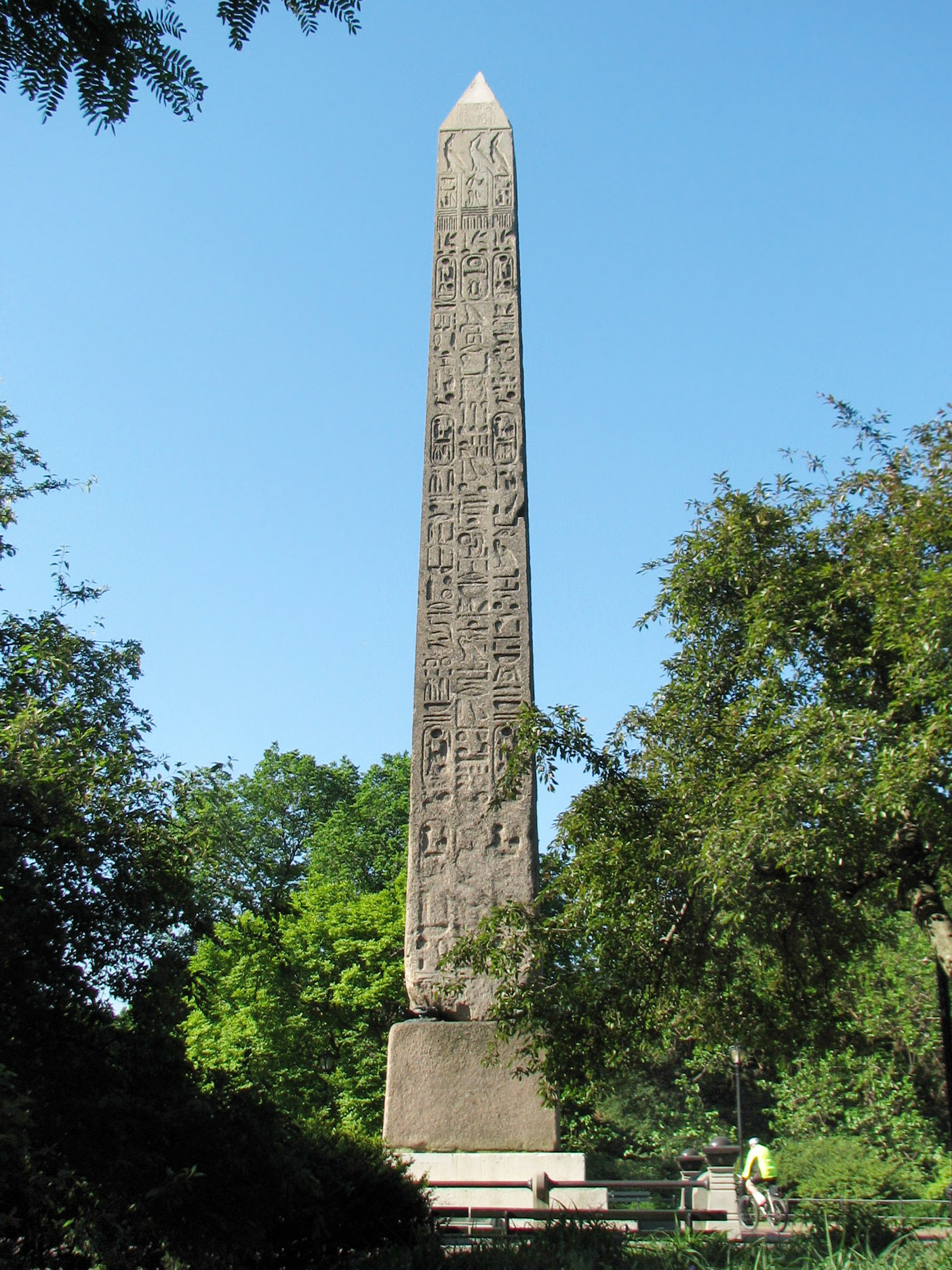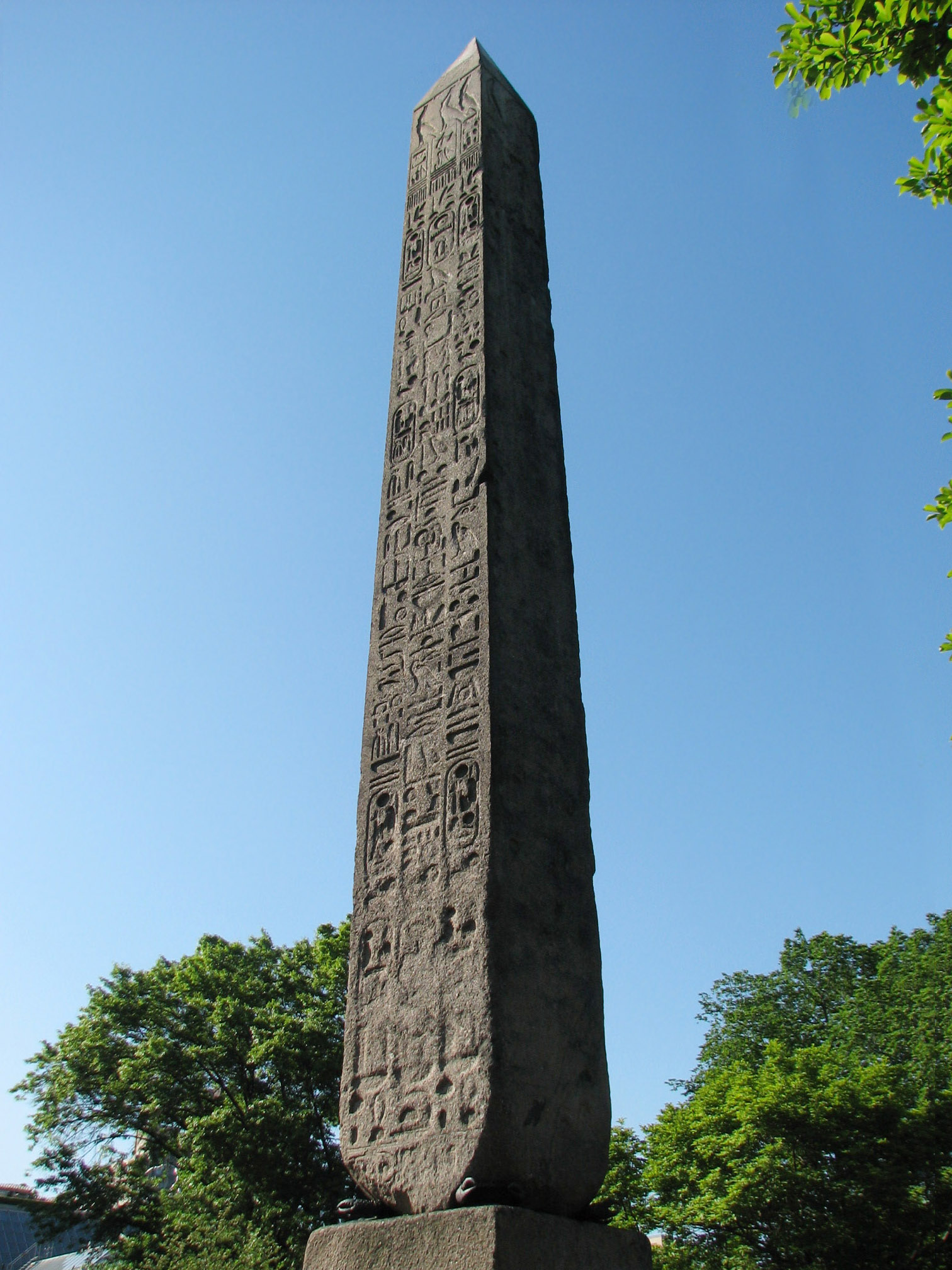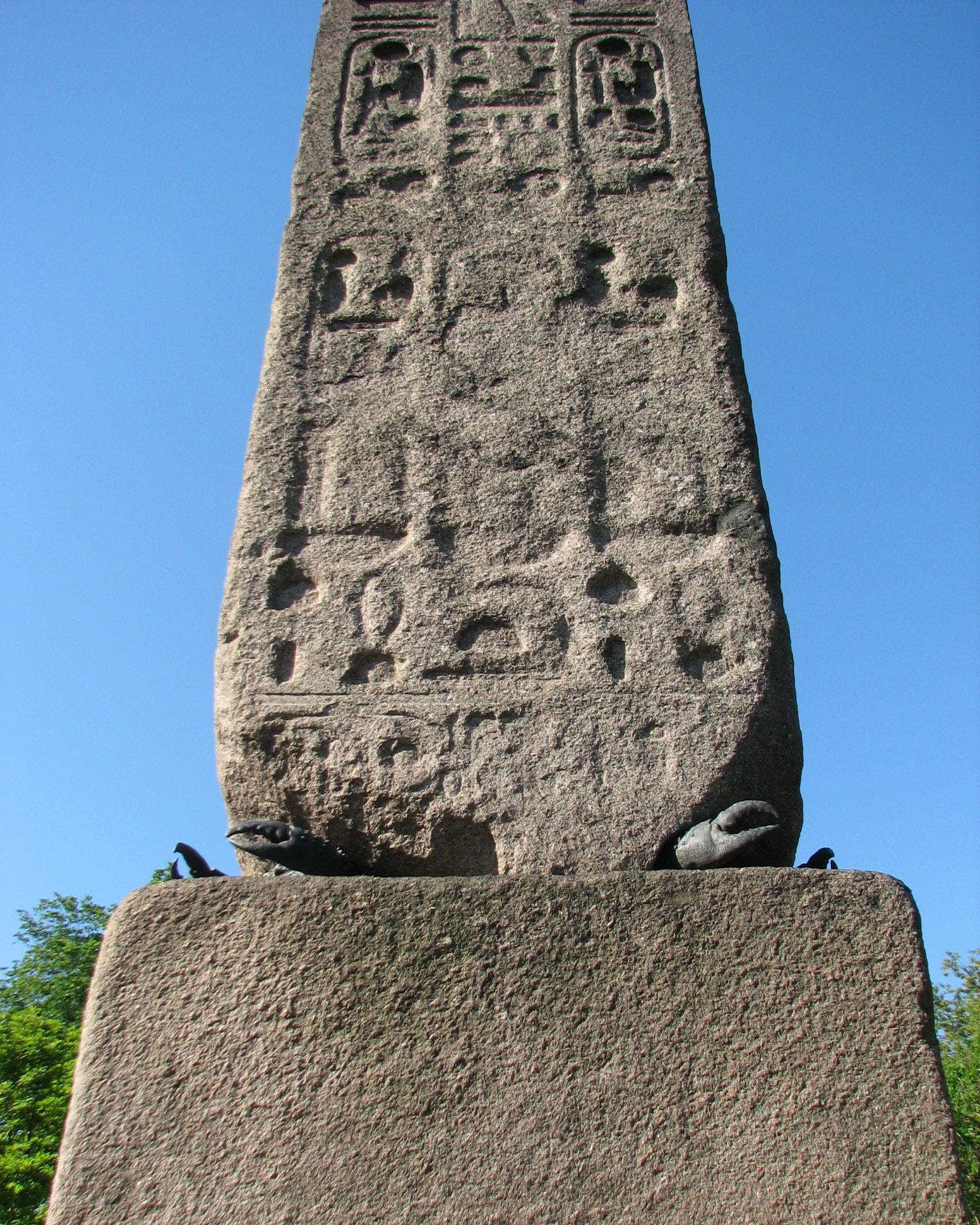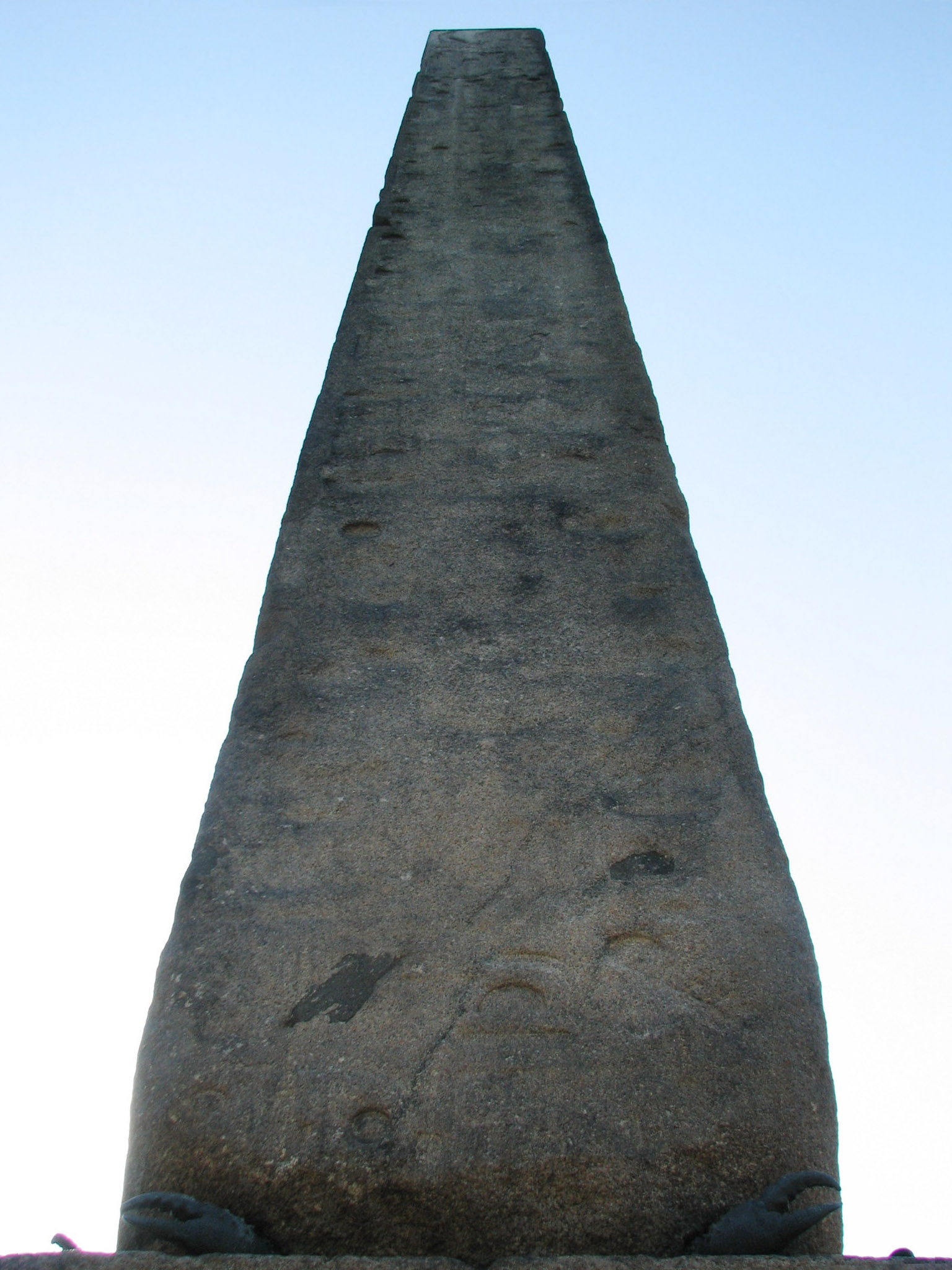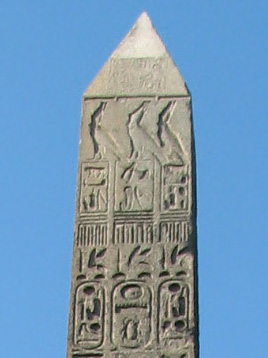This obelisk is 69ft tall, but there's one at Luxor which is even taller, 82 feet tall and 254 tons. It was almost outdone. "There is an unfinished obelisk in the quarry at Aswan that weighs more than 1000 tons - as big as two jumbo jets," explains Bob Brier in his 'History of Ancient Egypt' DVD lectures (lecture excerpted in 'The Great Courses' catalog).
"The city that had more obelisks than any other in Egypt was Heliopolis, which is Greek for 'sun city.' It had more obelisks than any other city but there's only one left now, only one.
"Karnak Temple in Thebes, which grew to be the greatest temple in the history of the world, had a dozen obelisks. There were two that Tuthmosis I, Hatshepsut's father, erected. Hatshepsut had four, and her nephew, Thutmosis III, had six. But there are only two standing now in Karnak: one is Hatshepsut's, and one is her father's Thutmosis I.
"Hatshepsut was really most proud of the obelisks. She talked about having quarried two obelisks in seven months, transported them on a single barge, and then erected them at Karnak Temple. On the base of her obelisk she talks about the obelisks and say, 'I erected them for my father Amun. They could be seen from the other side of the Nile, their tips gleaming in electrum.' Electrum was a mixture of gold and silver. So the tip, the pyramid part, was gold-plated, so to speak. Hatshepsut used her obelisks as a kind of propaganda..." (Ibid)
Although Thutmose III bricked them up, that did not stop future archaelogists from finding them!
